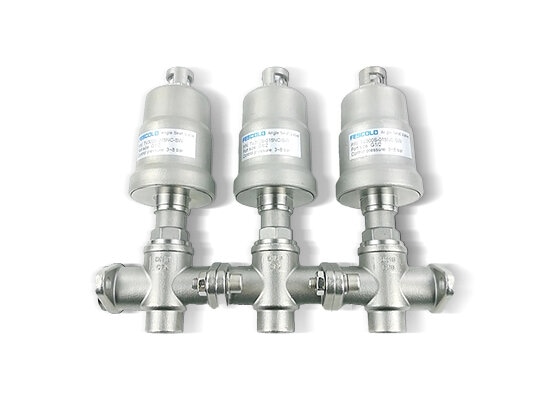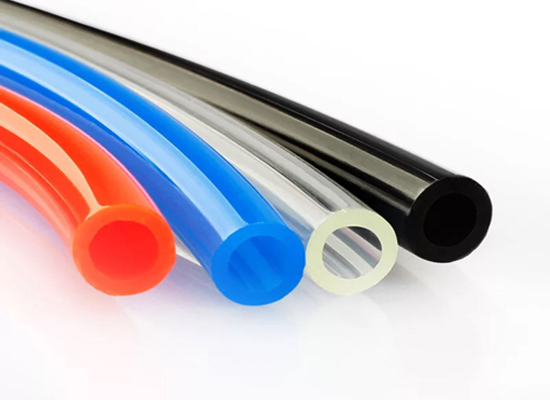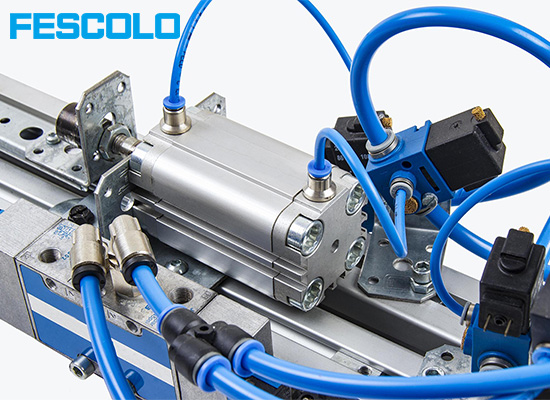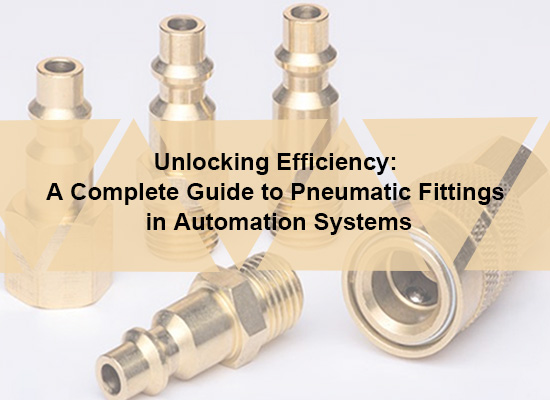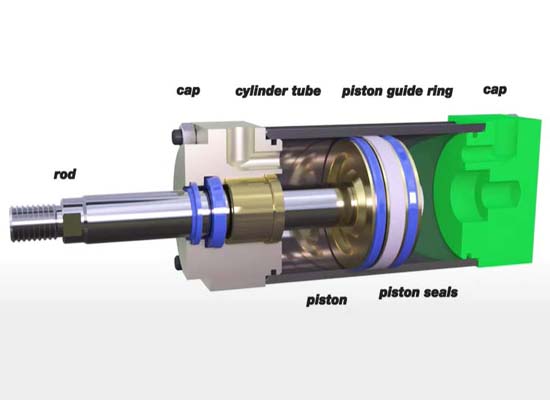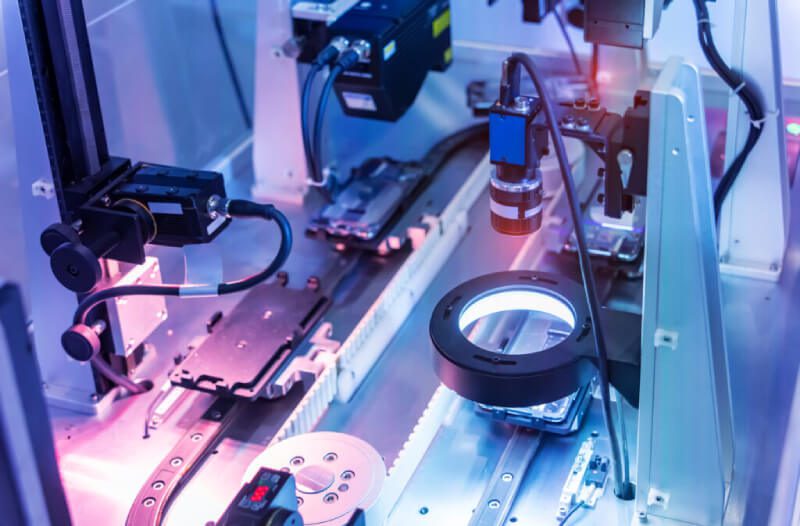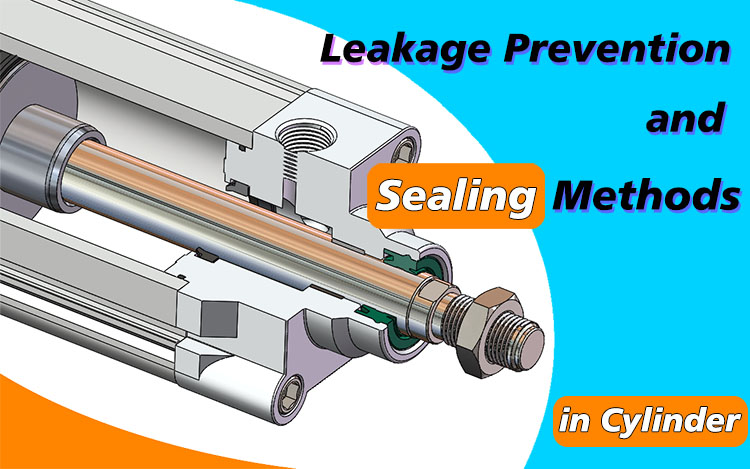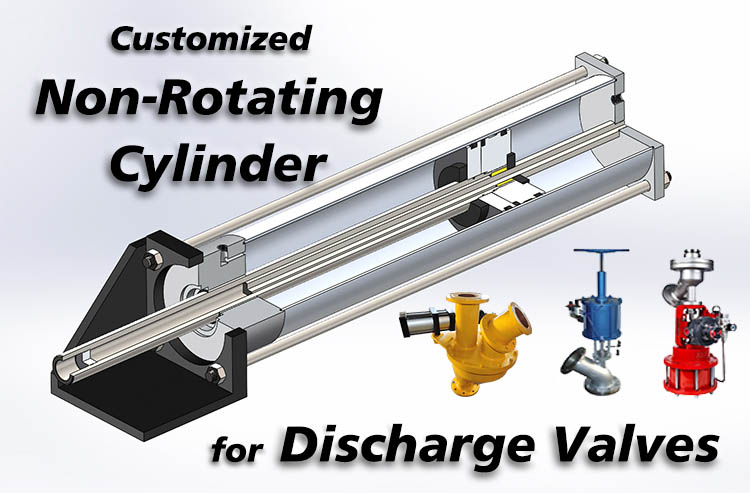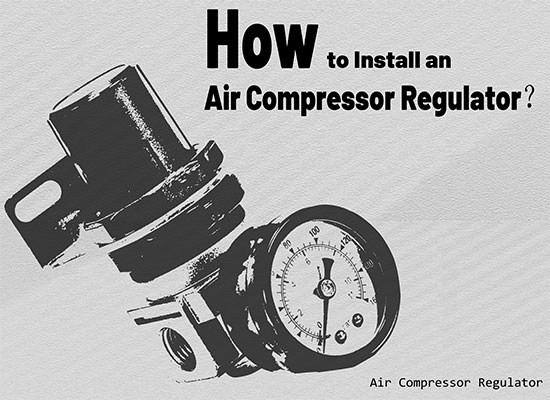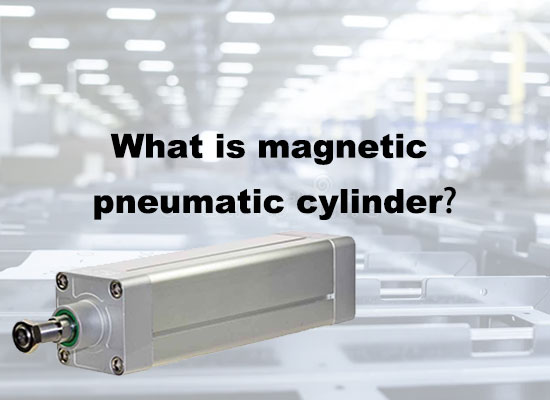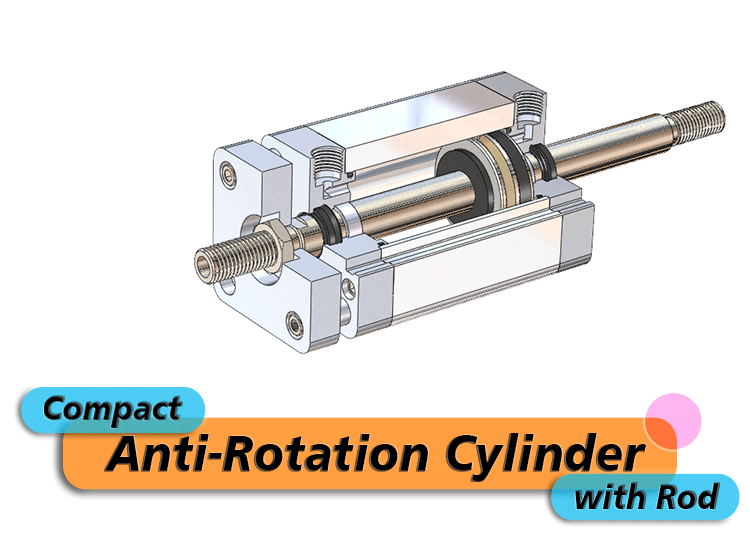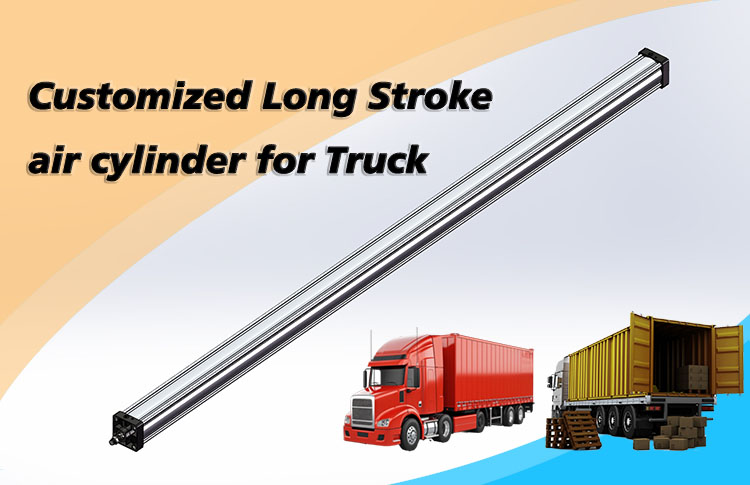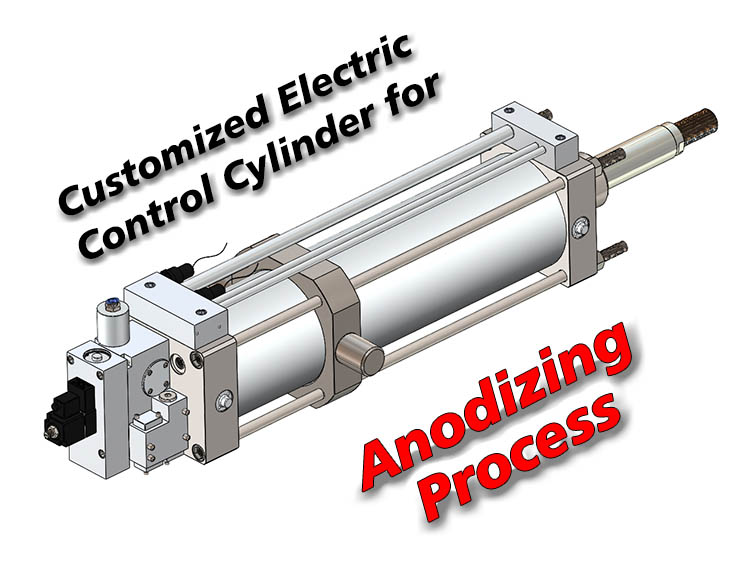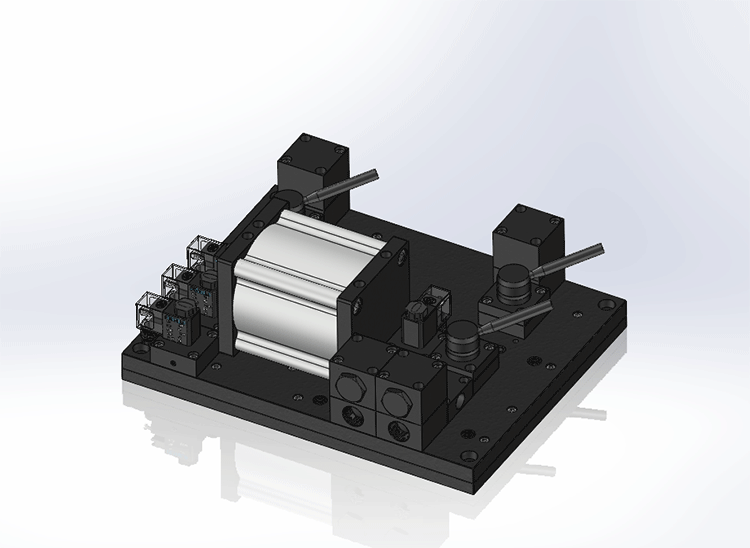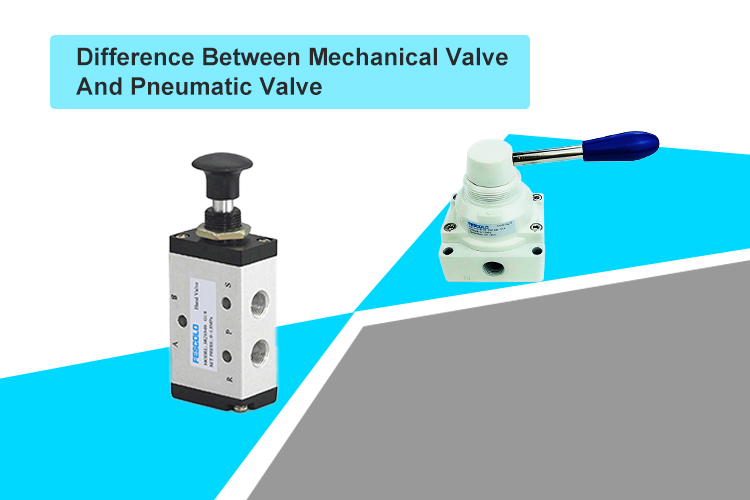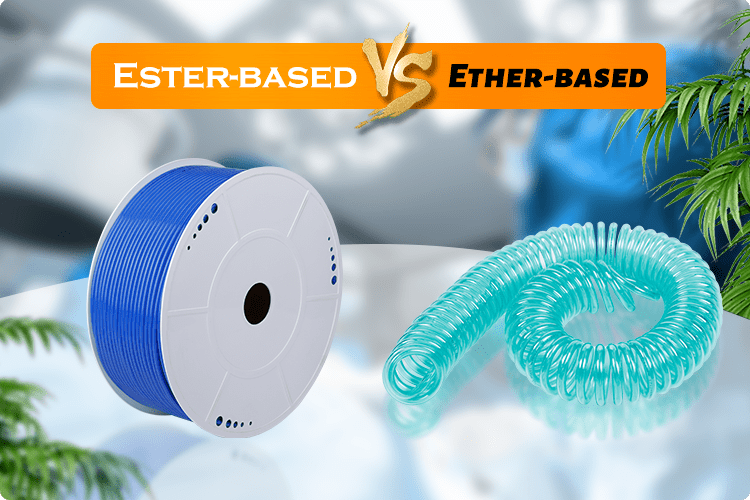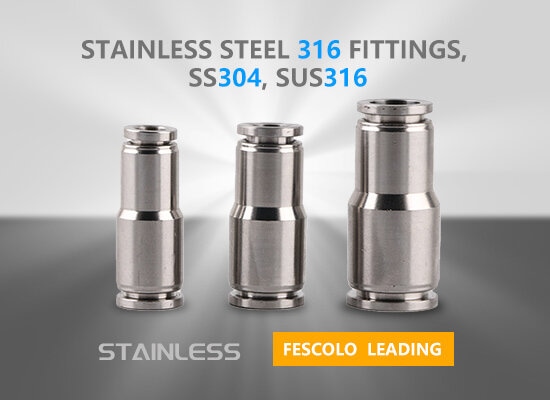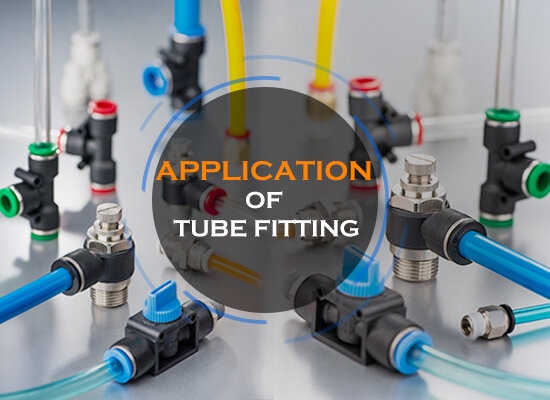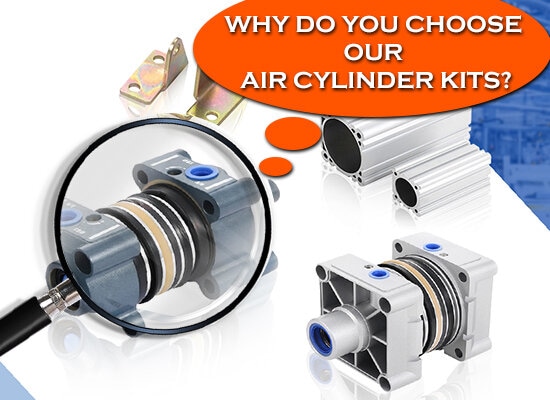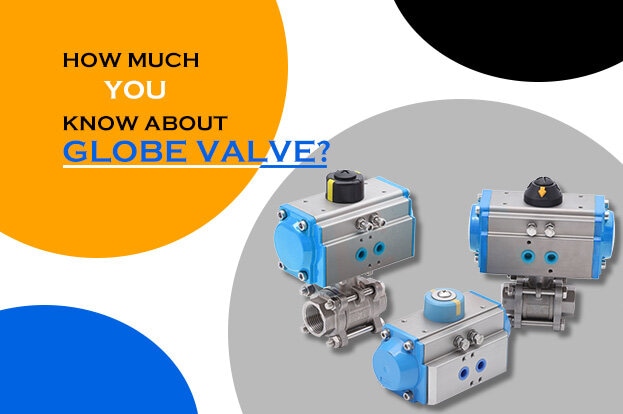What is mechanical valve?
A mechanical valve is a type of control valve that operates through external mechanical actions such as levers, sliders, buttons, or rollers to achieve airflow switching, direction change, or regulation. It is commonly used in pneumatic systems and does not rely on electrical or pneumatic signals, but instead is triggered by direct physical movement.
Structural Features
The ability of a mechanical control valve to regulate airflow—by switching on or off, changing direction, or adjusting flow—is closely linked to the following structural components.
Actuating Element: Components such as buttons, levers, foot pedals, and rollers that serve as contact points for applying mechanical force.
Valve Body: Contains internal channels that control the direction of air intake and exhaust flow.
Spring Mechanism: Usually equipped with a return spring that enables the valve to automatically reset after the actuating force is released.
Port Connections: Ports such as IN, OUT, and EX are used to connect the valve to the air supply and actuating devices.
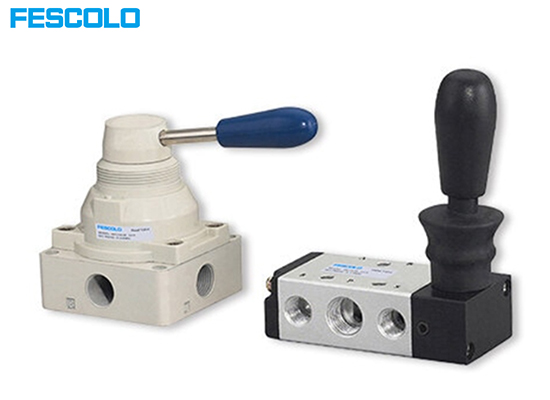
Main Function
Industrial mechanical valves have the following functions relative to other types of control valves or the control requirements within pneumatic systems.
On/Off Control: Controls whether the air supply is turned on or off.
Directional Control: Switches the direction of airflow, such as for reversing flow.
Automatic Triggering: Used to detect mechanical movements or object positions.
Reset Function: Automatically returns to the original position after release, preventing continuous actuation.
Core advantages compare solenoid valve
Comparsion Item
| Mechanical Valve | Solenoid Valve |
| Control Method | Operated by external mechanical actions | Controlled by electric signals driving a coil to actuate the valve spool |
| Power Requirement | No | Yes |
| Response Speed | Relatively slow, depends on manual or mechanical trigger | Fast response to electric signals |
| Installation & Maintenance | Simple structure, easy to maintain | Complex structure, requires electrical support, higher maintenance demands |
| Cost | Generally lower | Generally higher |
| Application Scenarios | Suitable for environments without electricity and simple manual control | Suitable for automated control systems and remote control scenarios |
| Flexibility | Fixed control method, requires manual or mechanical involvement | Flexible control, can be integrated with PLCs, sensors, and other systems |
| Durability & Reliability | Mechanical wear affects lifespan,robust structure and suitable for harsh environments | Coil aging or failure risks are higher |
Types Of mechanical valve
◆ Push Button Valve
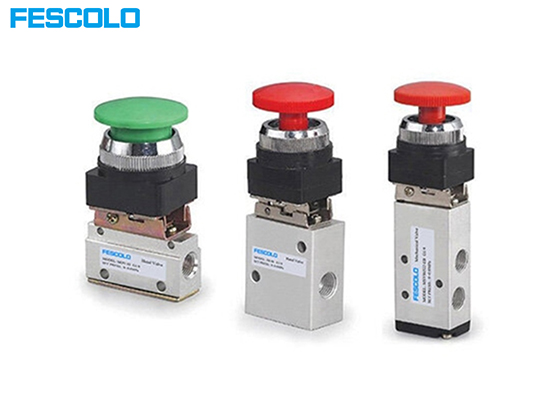
◆ Lever or Roller Valve
◆ Foot Valve
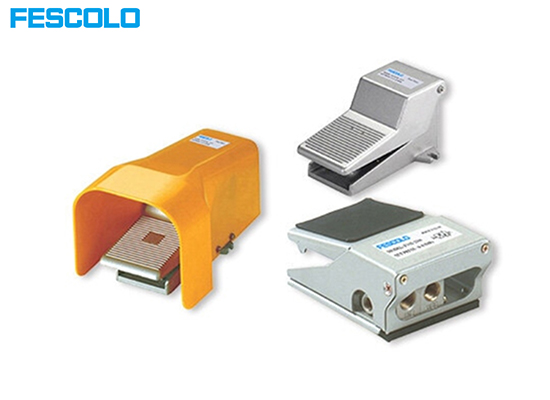
◆ Slide Valve
◆ Miniature Limit Valve
◆ Knob-Type Pressure Regulating Valve
The following are several types of mechanical valves. Due to the unique requirements of operating methods and application fields, mechanical valves must also be adapted accordingly.
Common mechanical valve parameter description
Port Number
Common types include 2/2, 3/2, 5/2, etc.
2/2 represents two ports and two states
3/2 represents three ports and two states
5/2 is commonly used to control the direction change of double acting cylinders
Actuation Method
Mechanical triggers such as rollers and levers
Button triggers manual button
Foot pedal triggers foot pedal
Distinguish between holding type or instantaneous type
Orifice Size
The diameter of the internal air passage hole of the valve body determines the airflow capacity, affects the flow rate and response speed.
Flow Rate
The unit is usually L/min, which represents the speed at which gas can pass through the valve, depending on the flow requirements of the controlled equipment such as cylinders.
Operating Pressure Range
The normal operating pressure range of the valve is between 0.2 and 0.8 MPa
Response Time
The time required from triggering to switching completion is usually calculated in milliseconds.
Port Thread
Size such as M5, 1/8 ", 1/4", 3/8''
Service Life
Expressed in terms of the number of actions, such as>5 million times.
Operating Temperature
What temperature range can the valve work normally in? Special attention should be paid to special environments such as outdoor, cold storage, and high-temperature workshops
Typical application scenarios of mechanical valves
Mechanical valves are pneumatic control components that require no power supply and are triggered by physical movement. They are suitable for simple, safe, and low-cost limit triggering and switch control applications. The following are some typical representative scenarios.
Industrial automation production lines
Cylinder stroke limit triggering
Packaging, assembly, and handling equipment
Mechanical position detection or material detection
Work environments unsuitable for electrical control
Company profile
Fokca is a leading manufacturer specializing in mechanical control valves for the mechanical construction industry, serving OEMs, automation integrators, and industrial contractors worldwide. Founded in 1998, we have over 27 years of experience in developing reliable, durable, and precision-engineered valve solutions.
We commit that all our pneumatic products undergo rigorous quality inspections and meet various industry standards, ensuring stable performance, durability, and reliability. For any failures caused by product quality issues, we provide timely repair or replacement services.
The company has a professional technical team that offers comprehensive product consultation, installation guidance, and troubleshooting support. Whether it’s selection advice or on-site technical assistance, we respond quickly to help customers resolve any issues they encounter during use.






